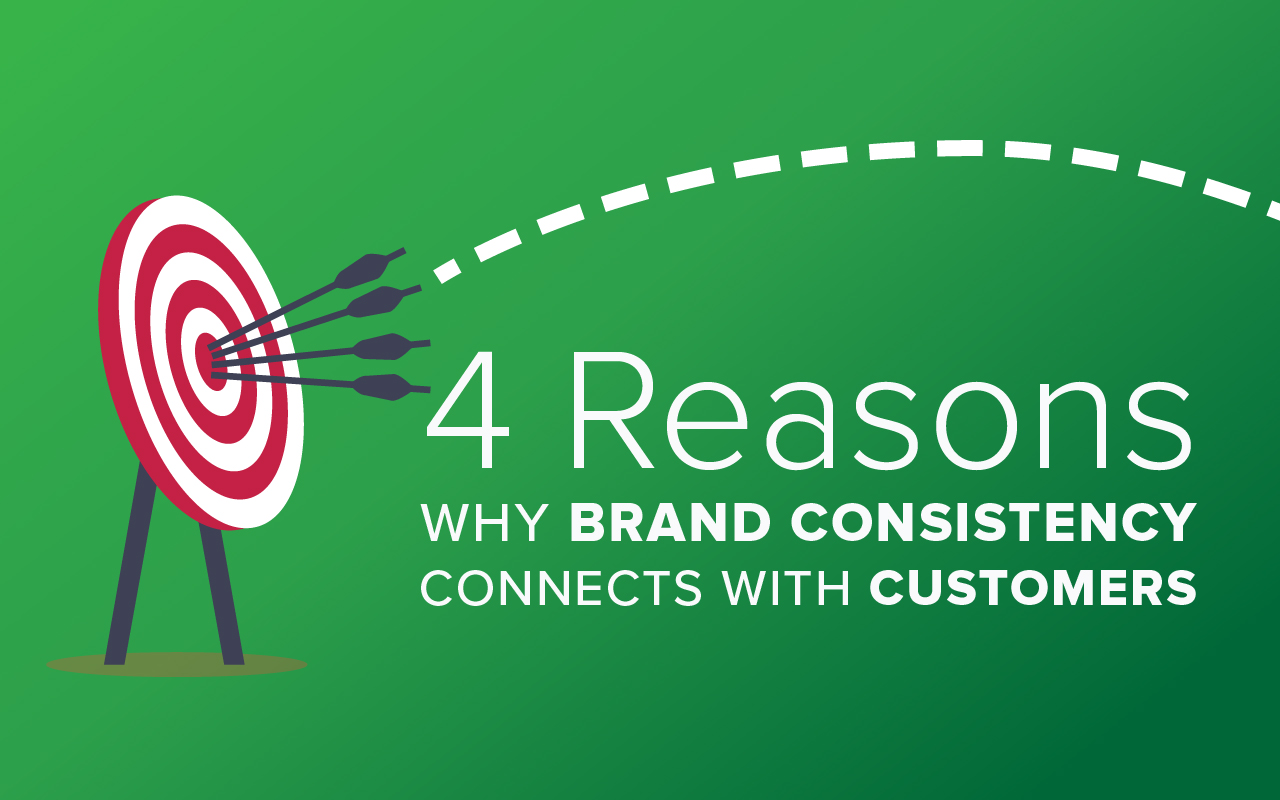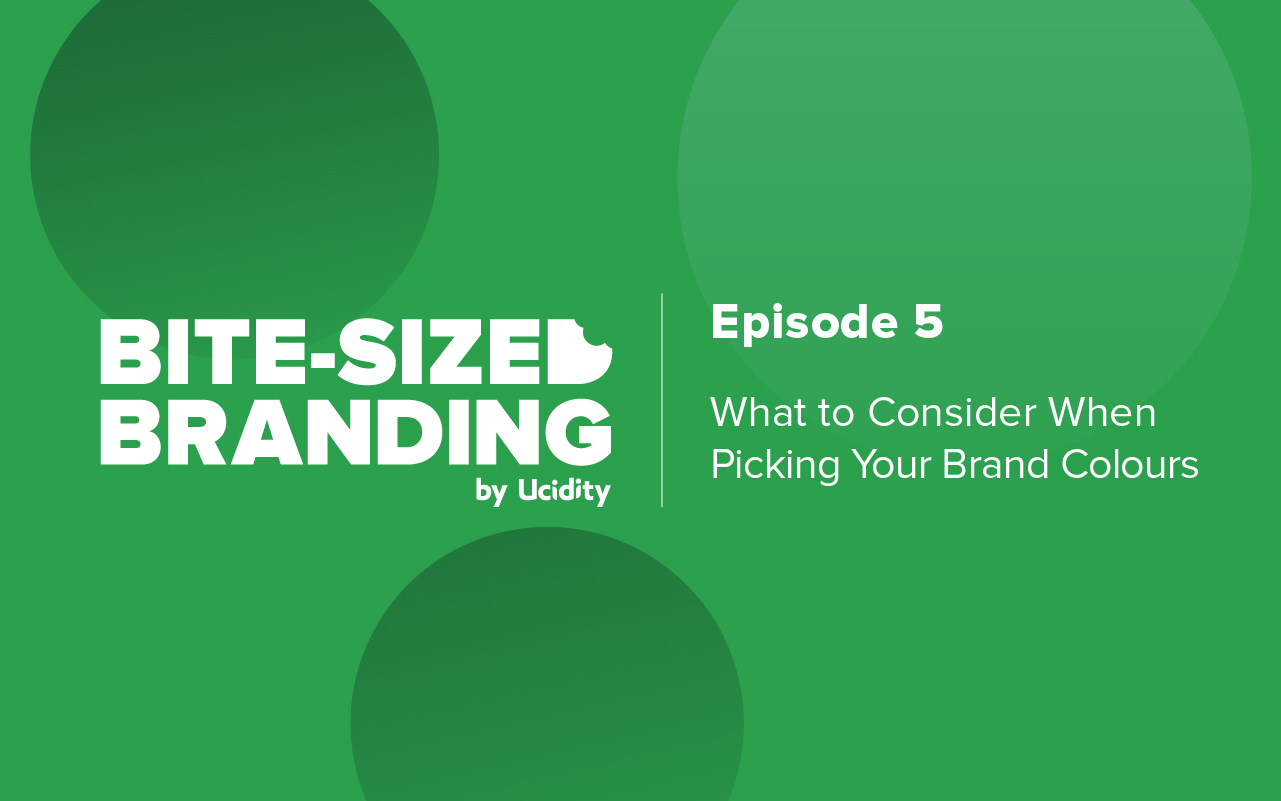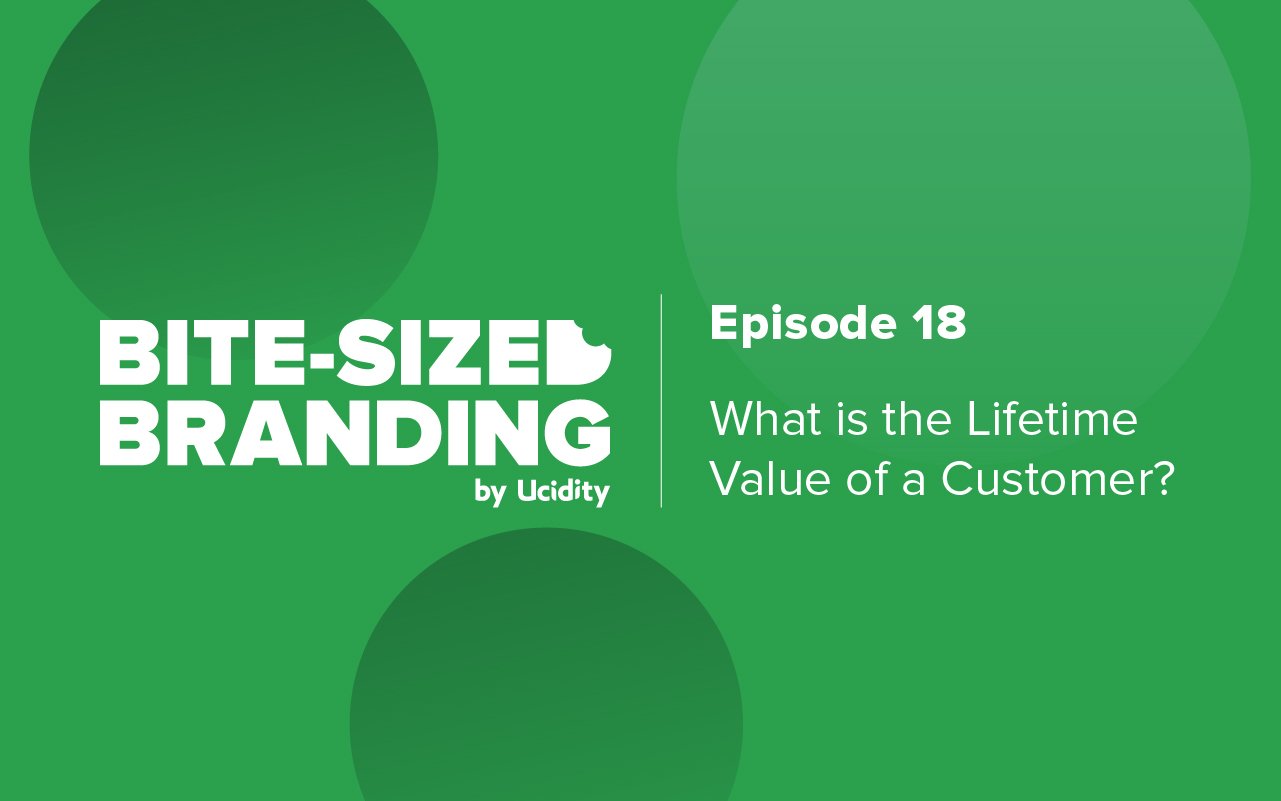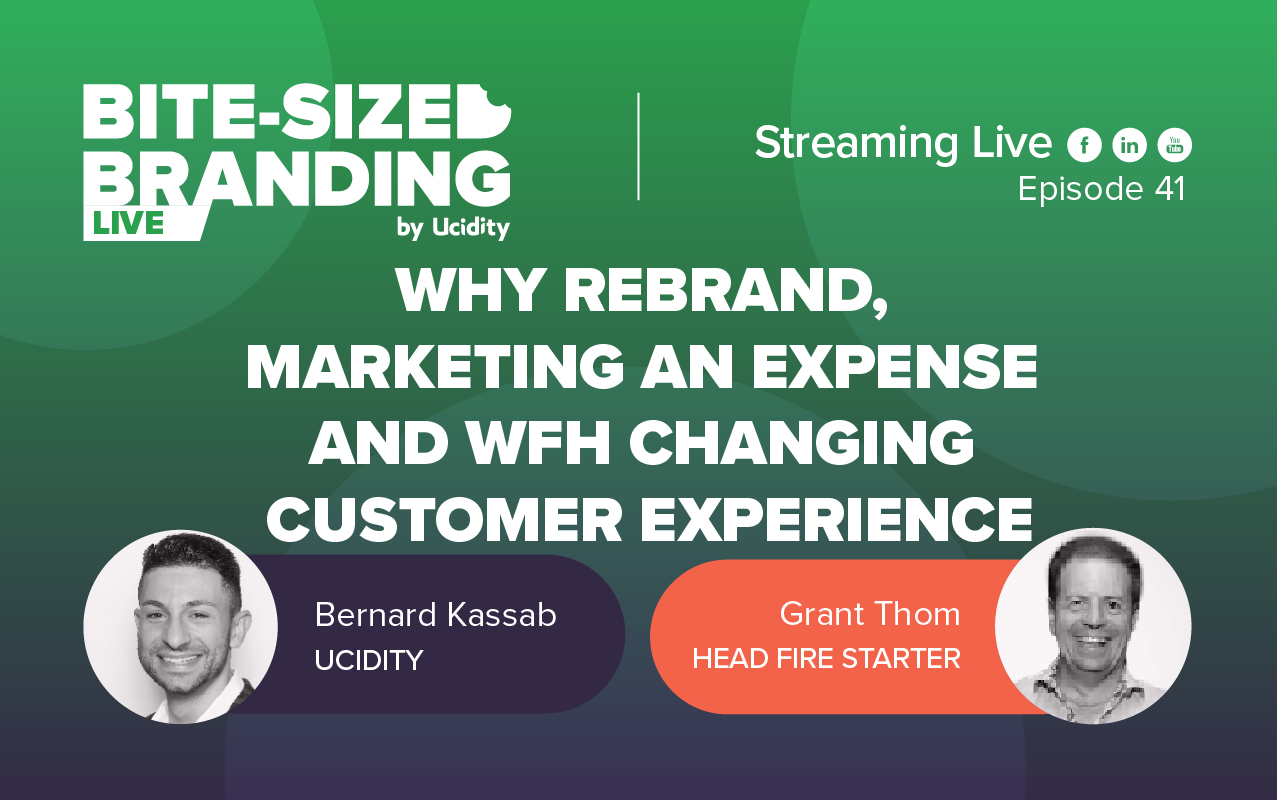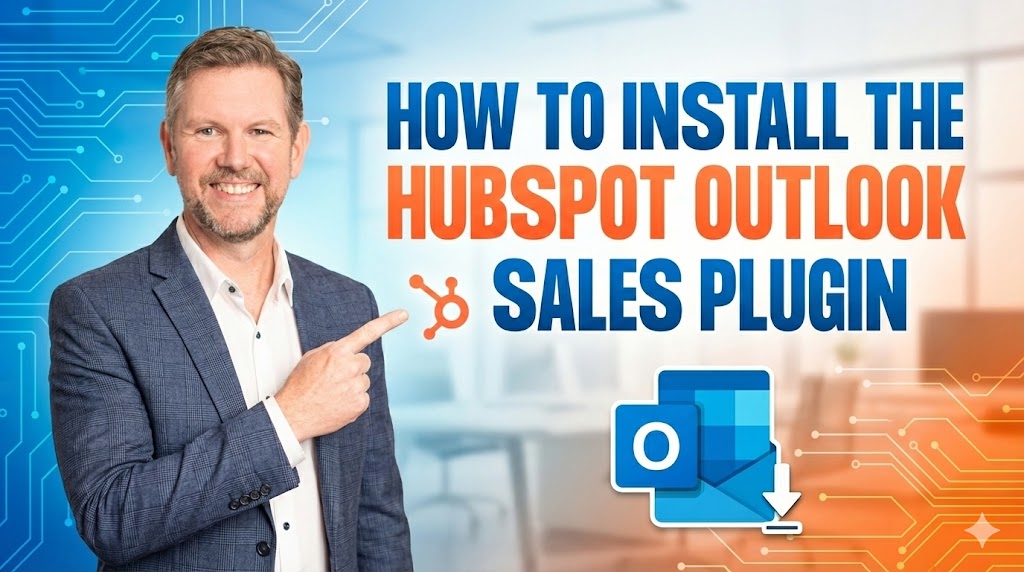
Content Marketing | 3 min read
With Digital Marketing continuously evolving Copy has become essential, especially when dealing with building your Brand. Fortunately, the new breed of out-and-about copywriters is dominating the industry, continually looking for varied ways to spice things up and create compelling hooks and calls-to-action. Historically, the judgment of whether Copy is good or not relied on its length. Not anymore! Times have evolved so quickly that digital marketers have to consider that less, maybe be more. In most long copy, the writer may have just been aching to meet a word count, whereas Copy can be more targeted. It takes less time to read, be more effective and can keep the readers engaged.
Targeted Language in Advertising
The importance of targeting your copy within your ad is frequently neglected. It is vital to know your customer and brand demographics before you could even create a copy outline. Get to know your audience. Use relatable language, get on with everyday issues that they deal with. People don’t really care what you do unless they know why you do it and that they see a benefit for them. Prep work may sound ordinary and familiar to a lot of ad professionals. Prep work is your launchpad. Consider it as your springboard to leverage a good copy for ads. Generic ads are never effective; always make it targeted, particular and specific. As opposed to making the ad sound like an entire fanfare, get the details sorted out and use words that relate the most to your audience’s lives. We’re not talking about major issues here; we’re talking about daily problems, issues that everyday people encounter.
Take your customers and readers on a journey - educate them, enhance their knowledge so that at the end of the day, you are remembered because of the value you have given. Entertainment and information/education = VALUE. If you are able to entertain and educate them at once, then you’ve hit the home run. Put it this way, use language that is relatable, and if you can add a little bit of humor into that and at the same time providing key takeaways, people will always be interested to know more.
Visualize who your copy is for so that you can relay an appropriate message to your target audience.
Long Copy or Short Copy? The Power of a Good Copy
Research shows that people are still on the fence about whether they prefer long or short copy. The fact of the matter is that the length of the copy doesn’t matter as much as the content itself. Think of it this way. You see an exciting blog title, so you click on it. You realize it has over 2,000 words, with many twists and turns. Not only have you spent a considerable amount of time reading that blog, but you also found that relevant points are spread across too far apart, making it hard to even remember key points. Here comes a blog of half the word count, giving you a consistent run of ideas for you to take away. You spent half the time reading it, plus the content was extremely “meaty.” However, there are still times when long-form copy is needed, just as short copy also has its space. For example, you can create a 12,000-word copy for your website but still get high traffic because of wordplay and by segmenting the copy in the right places. Always consider formatting - where is it supposed to go? Why?
So, what now?
- If you are new in the industry, go for shorter copy
- Shorter copy for something new will most likely spark more interest from the audience. This is new to them and they may not give it that much attention just yet.
- If your copy aims to compare different things, a longer form of copy is suggested. The reason being for this is the fact that you may need to do a wordy explanation of your facts vs. fiction.
- If you’re writing copy for ads, it has to be short for sure. Keep in mind the attention span of adults. They’re quite short and sometimes, difficult to keep them engaged or to re-engage.
Power of a Headline
A headline is the first thing that people see when they visit your website, post, or advert. It sets the tone and expectation, thus being the flagship of every copy. The headline has set up a promise that the rest of the copy has to deliver; that is why never clickbait - it’s setting the wrong expectation thus people disliking or might end up unfollowing your brand.
Now the question is, where should we lean towards; SEO-friendly or more reasonable and sensible headlines? Several platforms have developed algorithms that center on human interaction and continually adapt that human element. In the end, most marketers choose to follow the human element in it.
Published on February 18, 2021


